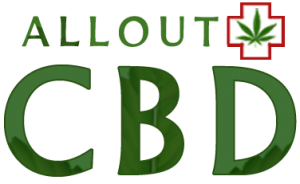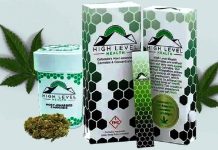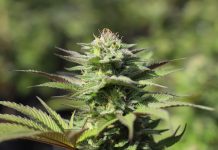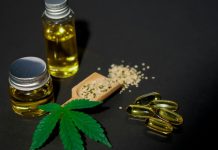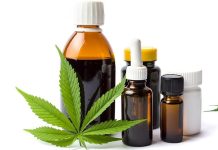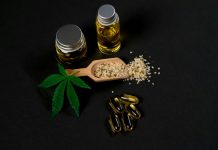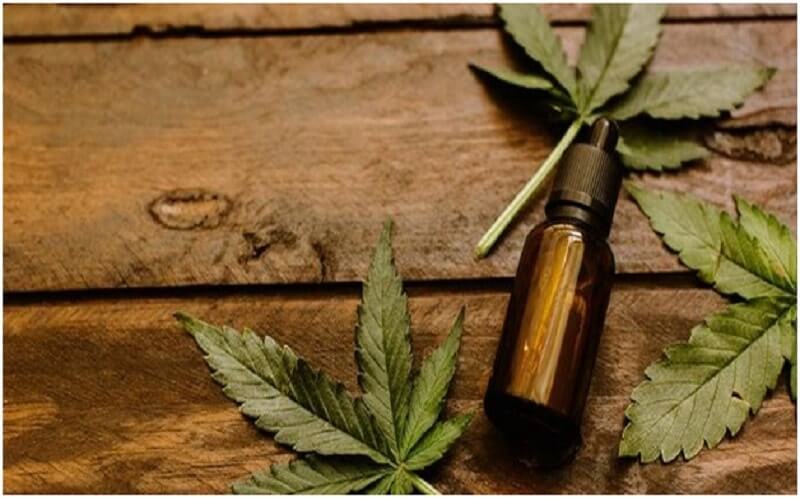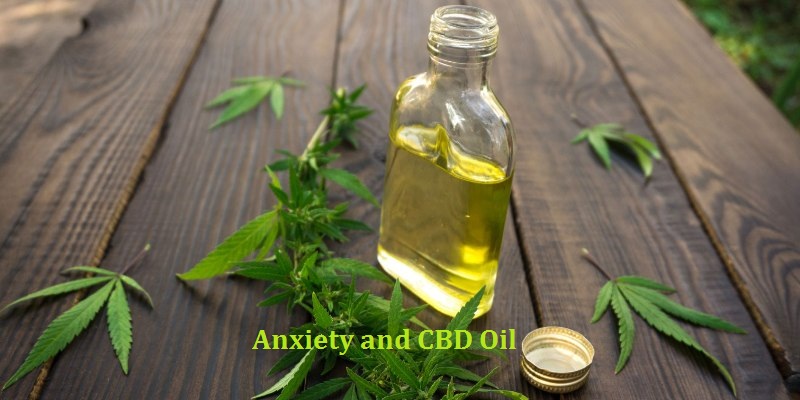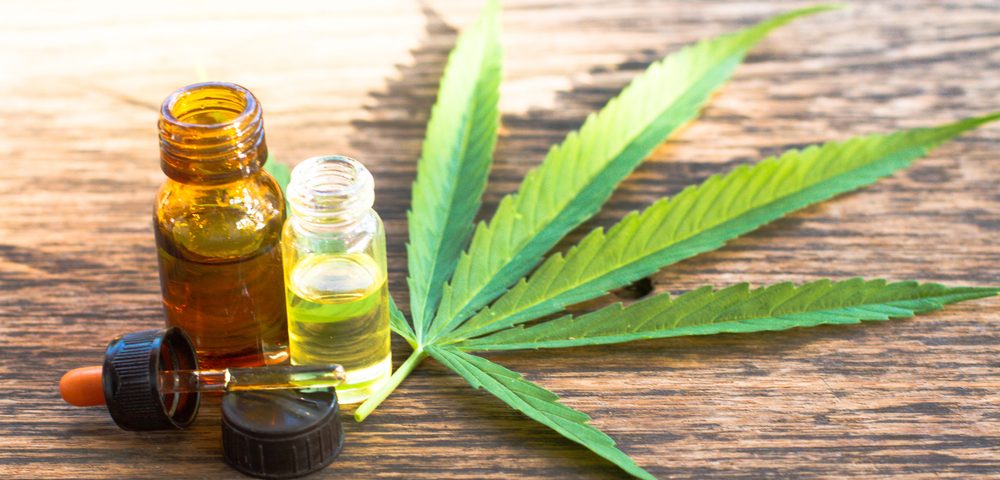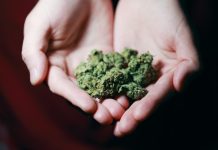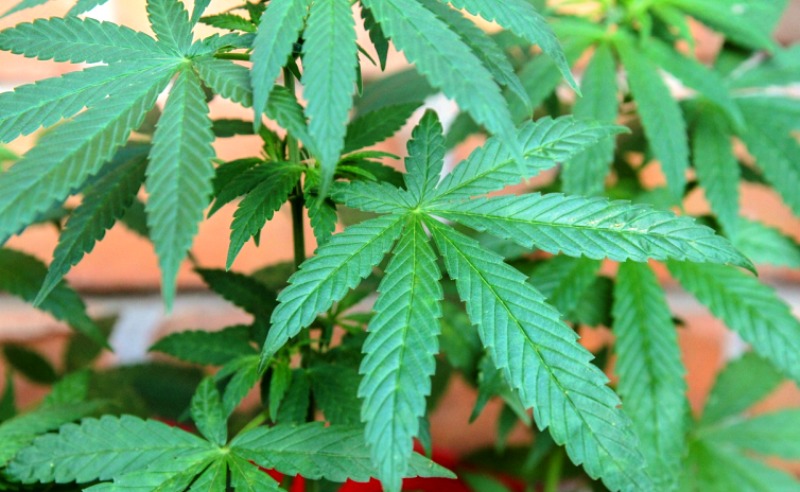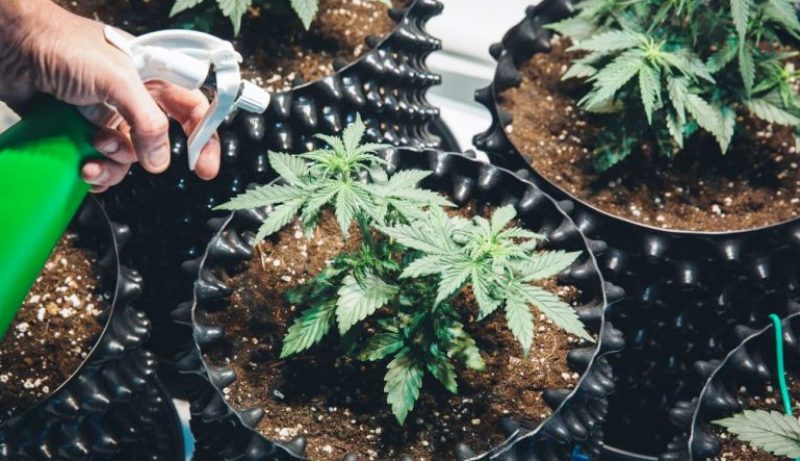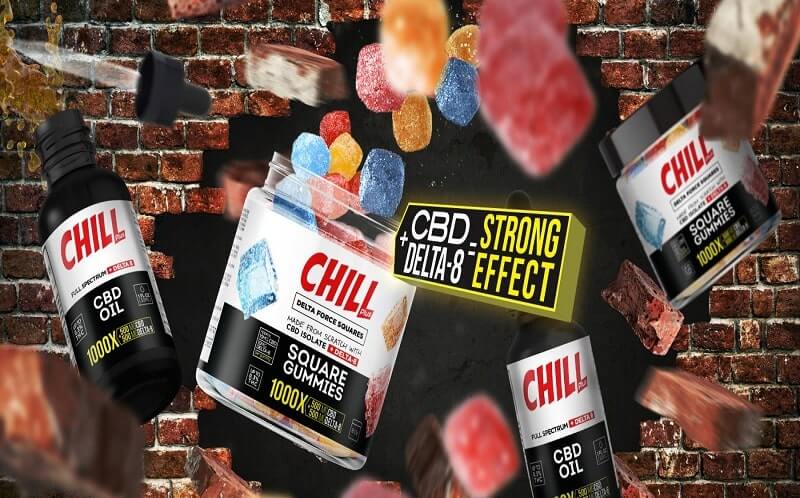Creativity, combined with solid research, has sparked much innovation within the cannabis community over the past few years. Along with the recent spread of legalization across the globe and the rise of CBD, the era has been marked by amazing breakthroughs regarding new strains, new products, and modes of delivery. From the uptick in vaping products to the rise of CBG, the cannabis industry, including hemp-derived CBD manufacturers, have led us into a new renaissance.
One of the most exciting new areas of research and innovation over the past few years has occurred in the cannabinoid space itself. The rise of Delta-8 THC within the mainstream consumer market has been a breath of fresh air cannabis enthusiasts everywhere. But what is Delta-8 THC, why is it so popular, and what does this cannabinoid hold for the future of the cannabis community?
While many cannabis and CBD users may already be familiar with this novel cannabinoid, others may be learning about it for the first time. Delta-8 THC has recently made headlines thanks, in no small part, to the Drug Enforcement Administration. The federal agency, which is not well known for its embrace of the cannabis community, issued an interim final rule a few weeks ago that has serious implications for the hemp-derived CBD industry. According to the rule, partially processed hemp extract that manufacturers have no intention of selling for mass consumption could still be considered a Schedule I substance under the Controlled Substances Act.
Moreover, buried within the new rule is a language that may also derail the burgeoning Delta-8 industry. The DEA writes:
For synthetically derived tetrahydrocannabinol, the concentration of D9-THC is not a determining factor in whether the material is a controlled substance. All synthetically derived tetrahydrocannabinol remains a schedule I controlled substances.
Based on certain definitions and loopholes the DEA is attempting to use, the new rule means that THC cannabinoids derived from hemp — hemp with less than 0.3 percent THC as per the 2018 Farm Bill — may be considered Schedule I substances. It’s put the Delta-8 industry in disarray.
Though many in the industry are still prepared to fight.
So what is Delta-8 THC? Why has it become so popular over the past few years, so much so that the DEA wants to stamp it out of existence, and what does the future hold for this innovative cannabinoid?
What Is Delta-8 THC?
Delta-8 THC has made a name for itself over the past few years. For example, CBD oil companies like Diamond CBD are combining Delta-8 with CBD for a novel experience. But what exactly is Delta-8?
To start, Delta-8 THC is considered a minor cannabinoid. In fact, research tells us that it is a debased form of THC. What that means explicitly is that Delta-8 is not produced by cannabinoid-synthesizing enzymes. Instead, it occurs when stored THC degrades over time, becoming Delta-8. To produce enough of it for mass consumption takes a lot of skill in both cultivation and extraction.
It’s a cannabinoid that we don’t know too much about just yet, at least not as much as we do Delta-9 THC and CBD, but what we do know is pretty impressive. Perhaps the most remarkable thing about Delta-8, and the reason it’s so popular on the consumer market, is its relationship to Delta-9 THC. Both compounds are only different by a few atomic bonds, which means that, like its more famous cousin, Delta-8 THC offers a potent and powerful psychotropic high.
While the fact that Delta-8 can cause a (supposedly) legal high, that’s not the only reason people are excited about this cannabinoid. The truth is as similar as Delta-8 is to its cousin Delta-9; its mechanism of action is a bit different, allowing for a smoother and more subtle experience. As many others have reported, and as research shows, both cannabinoids bind to CB1 receptors. However, since Delta-8 does have a different molecular structure, it binds to the receptor differently.
Because of these different binding affinities, various outlets report that users see Delta-8 as being a clearer experience compared to Delta-9.
Some researchers believe that, like Delta-9, Delta-8 THC may help to produce an enhanced entourage effect. As we know, the entourage effect occurs when you take a cannabinoid like THC or CBD in conjunction with everything the cannabis or hemp plant has to offer, from terpenes to flavonoids to other cannabinoids and more. Because Delta-8 is so similar to Delta-9, some hypothesize that it may work better taken with other compounds, as opposed to as an isolate.
But Is Delta-8 Really Legal?
As noted above, Delta-8 THC is a legal cannabinoid, though one that the DEA is doing its best to take away from the cannabis community. However, when calling Delta-8 legal, it’s essential to make a few distinctions. While some may argue that it falls into a legal gray area, the truth is, it’s a bit more straightforward than that.
Delta-8 THC can be extracted in a few different ways. Manufacturers of the compound can extract it from cannabis plants as well as from hemp plants containing less than 0.3 percent THC (which are now legal thanks to the Farm Bill that was signed into law in 2018). However, here’s where things become a bit complicated. To explain:
- Delta-8 THC from cannabis is legal if you live in a state where cannabis is legal
- Delta-8 THC from cannabis is illegal federally in the United States
- Delta-8 THC from hemp with less than 0.3 percent THC is legal, barring any further issues with the DEA
Sound confusing? It is, especially when one considers that at the end of the day, all Delta-8 THC is the same, no matter from where it is extracted. That’s because regardless of where it begins, the cannabinoid still has the exact same chemical structure.
So, if you’re interested in trying some Delta-8 THC, your best bet is to grab some today. Who knows what new rule or law the DEA will try to push through in the coming days and weeks. In the end, yes, Delta-8 THC creates a legal buzz when derived from hemp. At least it should be legal, but the DEA is trying to end all of that.
